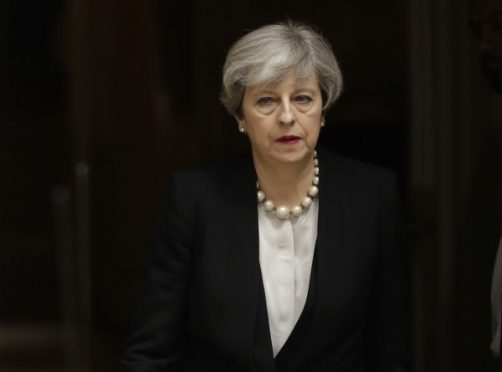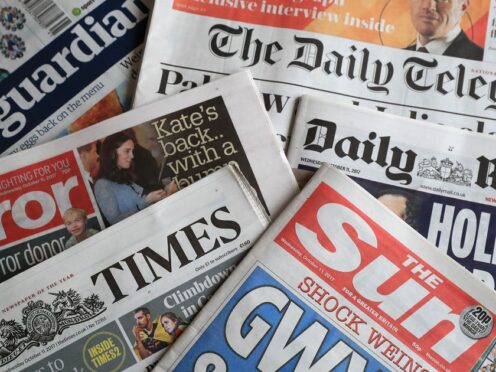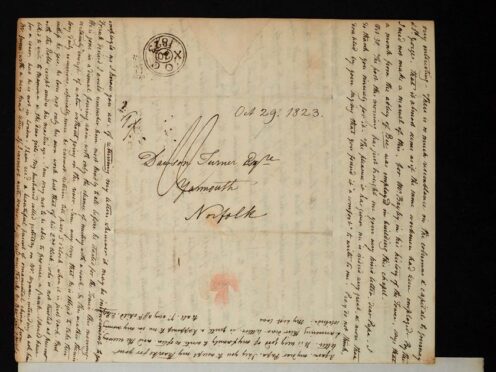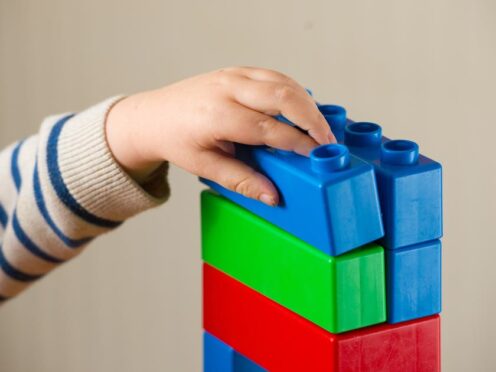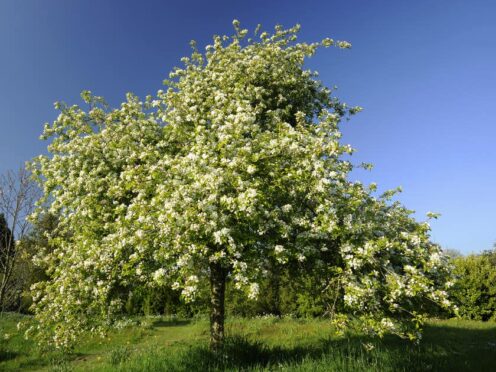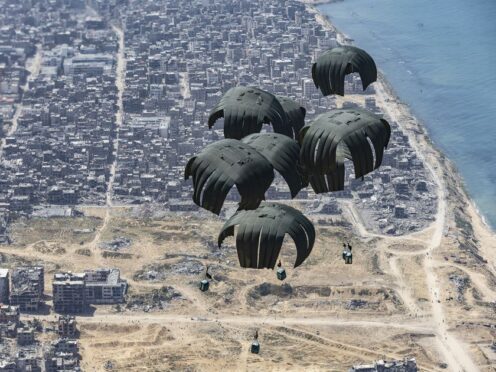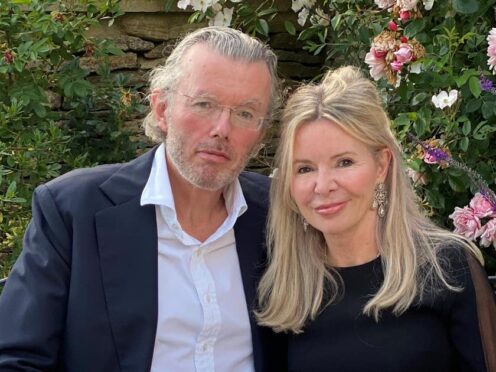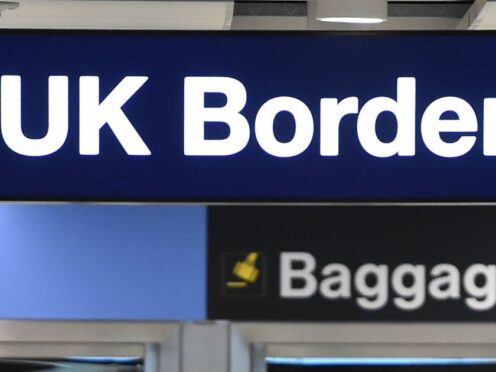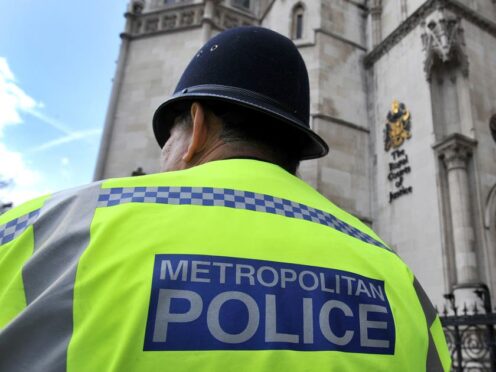Theresa May has announced that the official terror threat level is being raised to critical, the highest level, in the wake of the Manchester attack which killed 22 people.
The threat level means the authorities believe an attack may be “imminent”. Here’s everything you need to know.
Is this an unusual step?
Yes – though not unprecedented. It is the first time the assessment has been placed at the highest level for a decade.
Armed police deployed to north train stations as nation warned attack may be imminent
It has only been at critical twice in nearly 11 years, in August 2006 and June 2007. On both occasions the assessment was lowered after a few days.
What is the terror threat level?
The threat level is decided by an organisation called the Joint Terrorism Analysis Centre. It was established in June 2003 and is based at MI5′s London headquarters. JTAC comprises representatives from 16 government departments and agencies.
A number of factors may be taken into account to decide the level, including available intelligence, terrorist capability, terrorist intentions and timescale.
It was first made public in 2006. Since then, it has most often been at severe, and not been lower than substantial (an attack is a strong possibility).
The threat level has five levels in total. The other two levels are moderate (an attack is possible but not likely), and low (an attack is unlikely).
Why has it been raised now?
Theresa May said in this case it was raised because it is possible a “wider group of individuals” were involved in the terror attack in Manchester beyond suicide bomber Salman Abedi.
Monday night’s attack at a concert by US pop star Ariana Grande left 22 people dead, including an eight-year-old girl, and dozens injured — the worst terrorist attack since 52 innocent people were killed in the July 7 bombings in London in 2005.
May also said the military could be deployed to support armed police officers to face the threat.
